|
Archeological, ethnographic, and historic research tell us that people first came to the Lake Clark region around the end of the last ice age. Dena'ina, Yup'ik, and Sugpiaq peoples, Russian explorers, gold prospectors, trappers, aviators, and American pioneers are the forebearers of today's residents. Residents of communities around the Park and Preserve have hunted, fished, and gathered berries and other materials from the land for many generations. Six Resident Zone Communities are identified for Lake Clark National Park and Preserve: Lime Village, Port Alsworth, Nondalton, Iliamna, Newhalen, and Pedro BayEnglish is primarily spoken throughout the area now, but there are still Dena'ina and Yup'ik speakers in these rural areas as well. The majority of the residents in these villages are Dena'ina, an Athabascan-speaking people, but there is a mix of various ethnicities throughout the area. While Nondalton and Lime Village are primarily Dena'ina, Newhalen is primarily Yup'ik speaking. Iliamna is home to Dena'ina, Yup'ik, European American and people of other ethnic groups. Port AlsworthPort Alsworth is where the Park Headquarters and Visitor Center are located. It has a large European American base, and a unique history of developing around mining and trapping interests, but has also been home to a core of Dena'ina families from the north. Meet the People of Lake Clark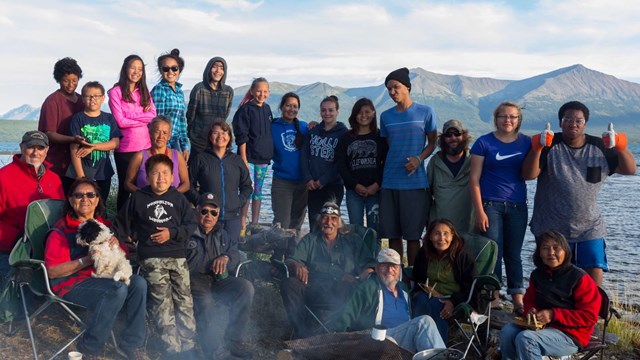
Connected to the Land: Dena'ina Culture
Qizhjeh Vena/Lake Clark is the ancestral homelands for the Dena'ina Athabascan people. Discover more about people that call this area home. 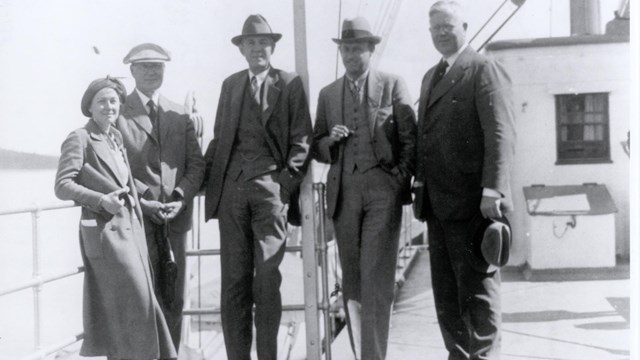
Frederica de Laguna
An anthropologist and archeologist known for seminal work in the Cook Inlet region, Prince William Sound, and other regions of Alaska. 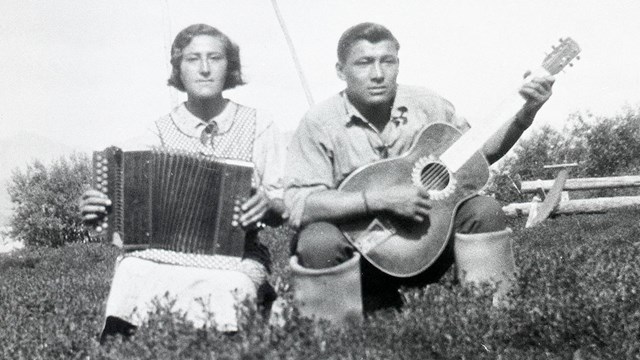
Katie Trefon Wilson
Discover Katie Trefon Wilson's perspective of growing up in the early 1900s at Tanalian Point, in rural Alaska. 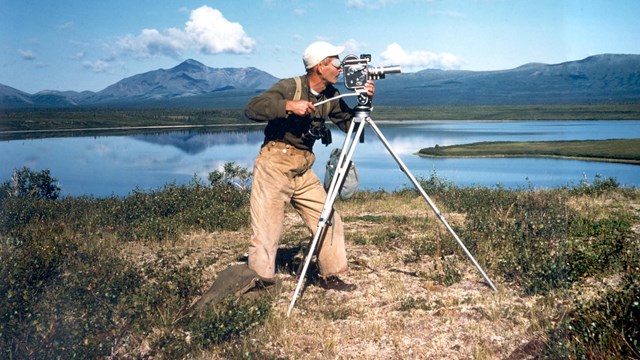
Proenneke: the Man, the Myth, the Legend
The source of Sam Keith's book "One Man's Wilderness: An Alaskan Odyssey," Proenneke embodies humanity's fascination with wilderness. 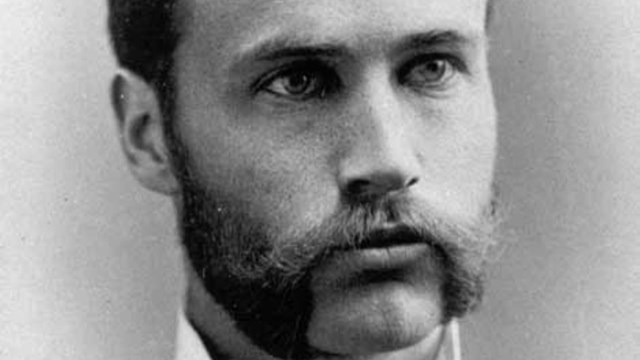
Charles L. McKay
A Smithsonian biologist in Nushagak, Alaska from 1881-1883 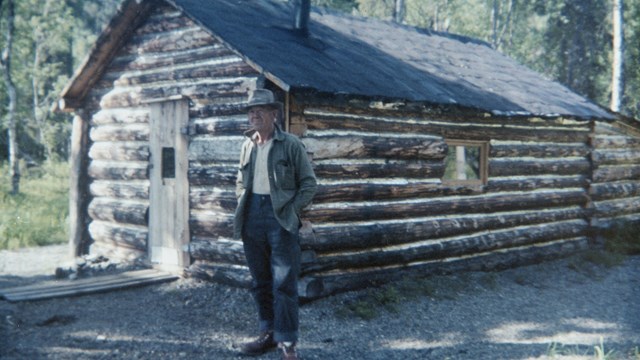
Joe Thompson
Thompson's craftmanship and skilled work played a significant role in the development of Lake Clark area. 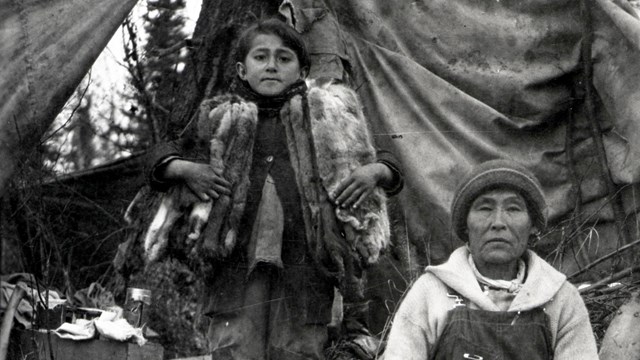
Story of a Photo: A Grateful Heart
The land and water continue to provide physical and spiritual sustenance for the Dena’ina people. |
Last updated: June 18, 2020
